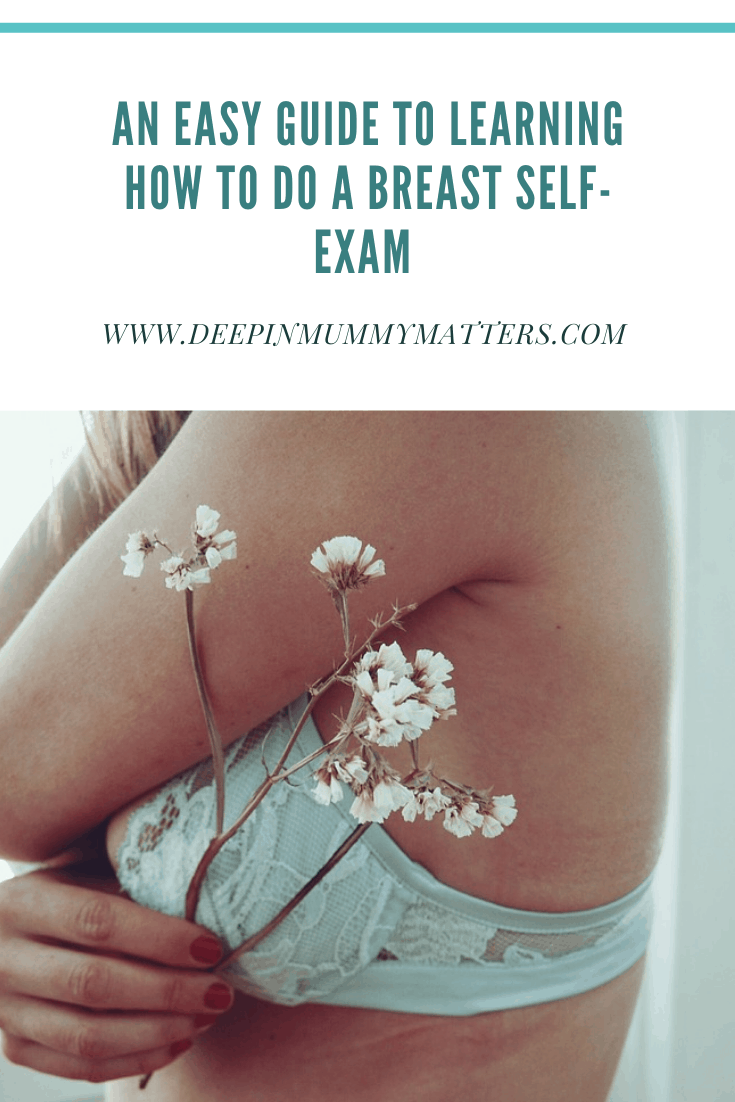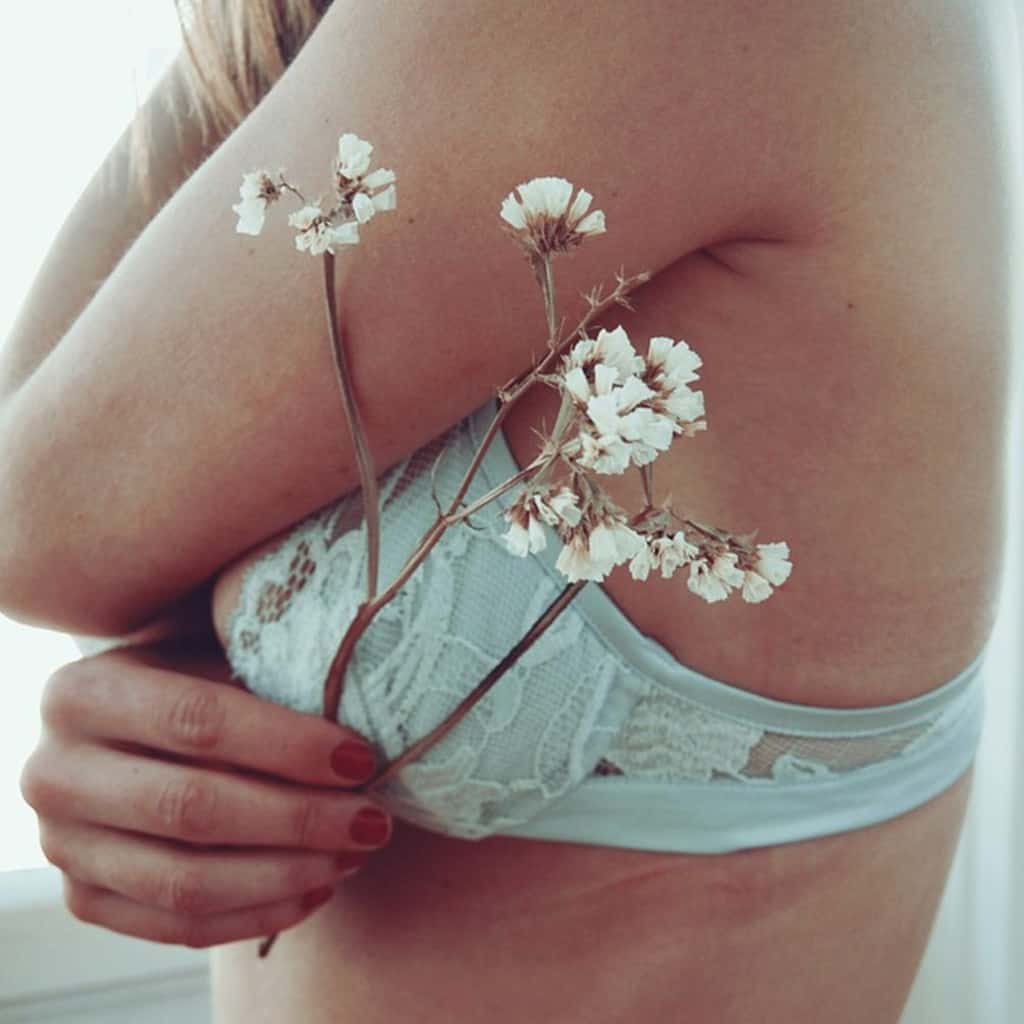Doing a breast self-exam is not only important for women, but it is also a proactive way to check in on your health. It can help to catch problems early on before they get worse, which means you’ll have more time to seek treatment. This article explains how to do the breast self-exam and why it’s essential for every woman to learn!
The Importance of Early Detection
Breast cancer doesn’t just affect older women, but it can affect any woman of any age, and if it is detected early, you have a higher chance of getting the treatment you need to get rid of it. Please don’t wait for things to get worse before looking into them anymore because by then, it could be too late, and your doctor will not be able to catch the disease in time until it has progressed. If you have any doubts about what early detection and self-examination are, you can learn more here. It is important to check often and know what you are checking for but don’t do anything to an extreme level that would scare people away from wanting to even do self-examination at all. To this end, make sure that your doctor knows about your plans for breast self-examination yourself.
What You’ll Need
Before starting a self-breast exam, you will need a full-length mirror, a flat surface, a good light, and an older shirt. First of all, take off your clothes from the waist up. Then find a full-length mirror that won’t leave you distorted or bending yourself into uncomfortable positions. Once you have found the perfect place with the ideal setup for your self-examination, proceed to lie down on a flat surface and bring the lights in close so that you can see what’s going on. To begin with, your examination, make sure one hand is free because it will be used during the process to check certain parts of both breasts. In this way, you can feel for any lumps or unusual changes. It is best to use the same hand on each breast and then switch sides.
The Process
Start with one nipple and proceed to go in circles, starting from the outside edge of your areola (the coloured part around your nipple) rotating towards your nipple. Then repeat this process beginning just below your areola, moving upwards towards its centre, being sure to pay close attention to both sides evenly. If you have time, you can do this several times over until you’ve checked every area thoroughly. This circle-like pattern is how your doctor will ask you to check during a clinical exam, so you must practise this technique at home before receiving professional help. Make sure not to forget the armpits and underneath your arms as well.
When To Do A Self-Exam
If you choose to do a breast self-examination, make sure not to do it right after showering or bathing because your skin is still wet and will give the impression of lumps that aren’t there. It’s best to check your breasts at least once a month but no more than twice a day if you can help it. Make sure that you constantly check in on all areas, including nipple discharge or crustiness, pain, change in size, shape, texture, or colour. Be mindful of other symptoms such as soreness, itching, rash around the nipple area, which could mean infection, so take note of anything out of the ordinary, including discharge that doesn’t go away.
What To Do If You Feel a Lump
If you feel a lump in your breast that is not painless, get to the doctor right away. This could be bad news, but it might not necessarily mean anything serious if caught early, which is why it’s so important to do routine checkups every month. It will be easier for your doctor to tell what kind of problem you are dealing with by checking out lumps this way too. There are different lumps; some are benign (not harmful), while others can be cancerous or life-threatening. Your doctor will do further examinations like ultrasound and/or mammogram tests to determine the lump before sending you on your way with the next steps.
Women mustn’t panic and worry about every little thing they feel on their breasts, so it is also important to remember how your breasts usually feel so if something feels different, it could be nothing, or it could be more severe than you think, so don’t hesitate to get yourself checked out by a professional. If you are under 35 years old or have never had children, you might consider getting an MRI with contrast if your doctor finds anything concerning during the initial exam, no matter how small it is.
Regular Checkups
Doing a breast self-examination is an important proactive way to check up on your health. If you are feeling any discomfort, be sure to schedule regular checkups so that your doctor can find out what the problem is, if anything at all.
Don’t Forget About Men
It may come as a surprise, but men should also do breast self-examinations, especially if they have a family history of breast cancer. Not only that, since men also produce estrogen during puberty and beyond, it’s just as vital for them because they are equally at risk of developing breast cancer too. So don’t forget about yourself or anyone else in your life when it comes to doing monthly routine checkups! Doing this simple procedure might make all the difference in saving your life.
It’s important to remember that the best way to stay healthy is by taking care of yourself. Breast examinations are just a straightforward step in ensuring you’re doing everything possible to prevent illness, so why not take this proactive measure today? Doing a breast self-exam will help you check in on your health while giving you peace of mind. It can make all the difference in keeping track of your body throughout every stage of life. Make sure not to forget about the armpits and underneath your arms as well. If you find anything concerning during your initial exam or something feels different, don’t hesitate to get yourself checked out by a professional. Either way, it will be easier for them to tell what kind of problem you are dealing with if they can see what’s going on.


